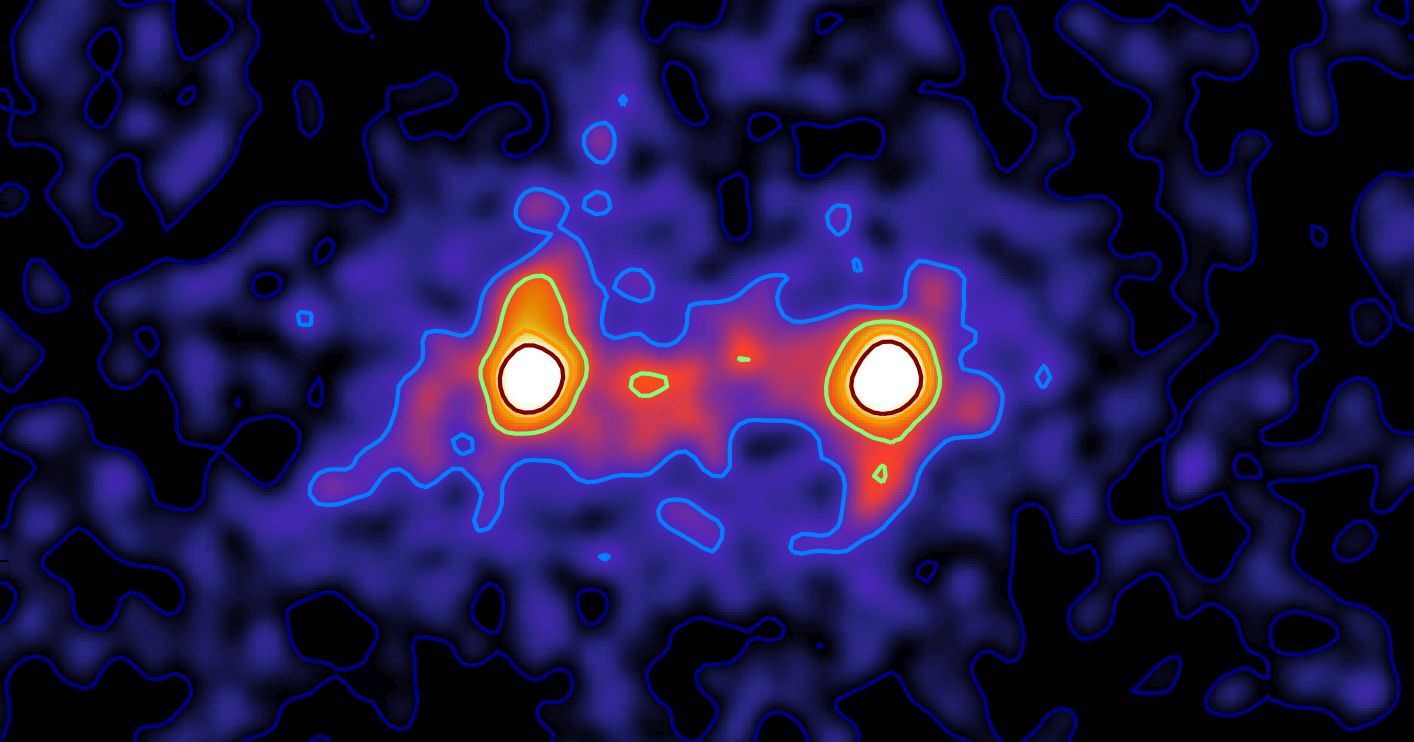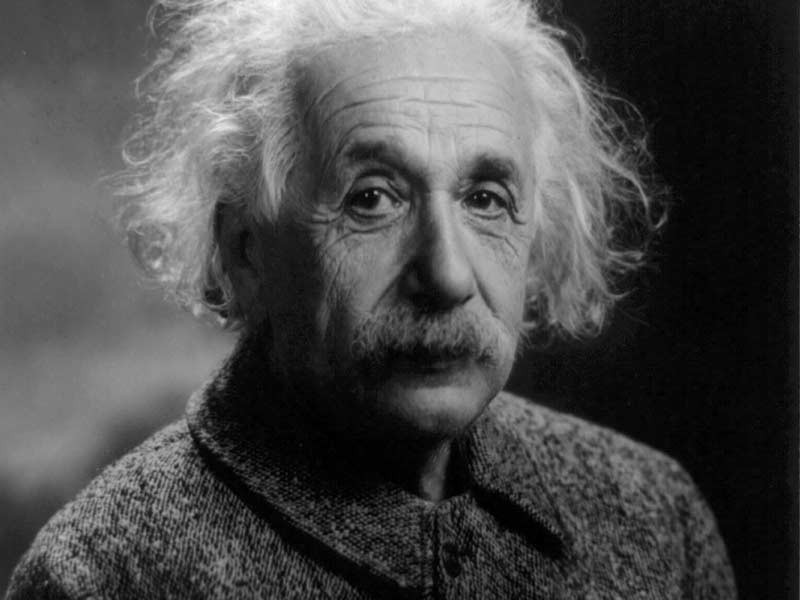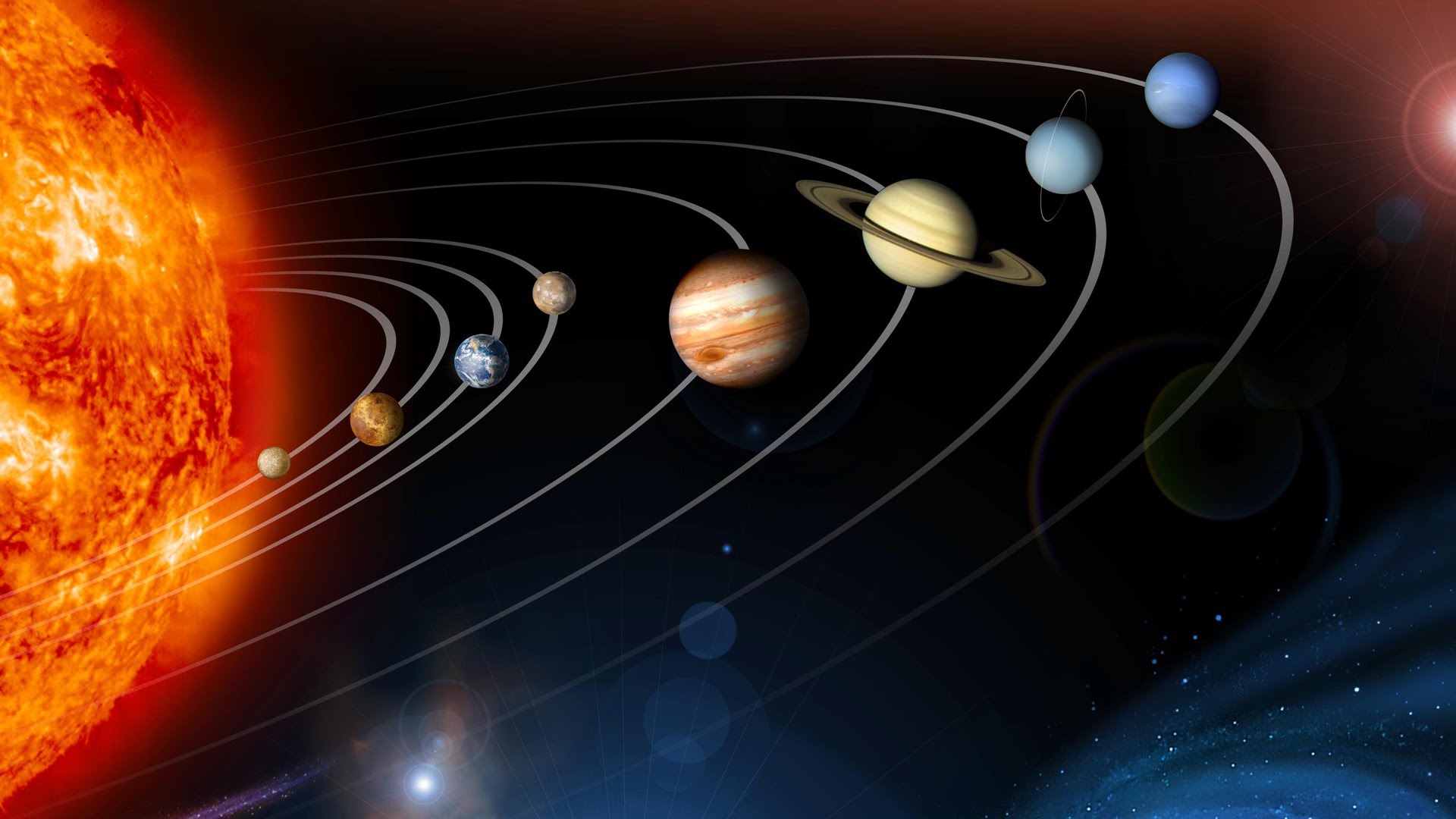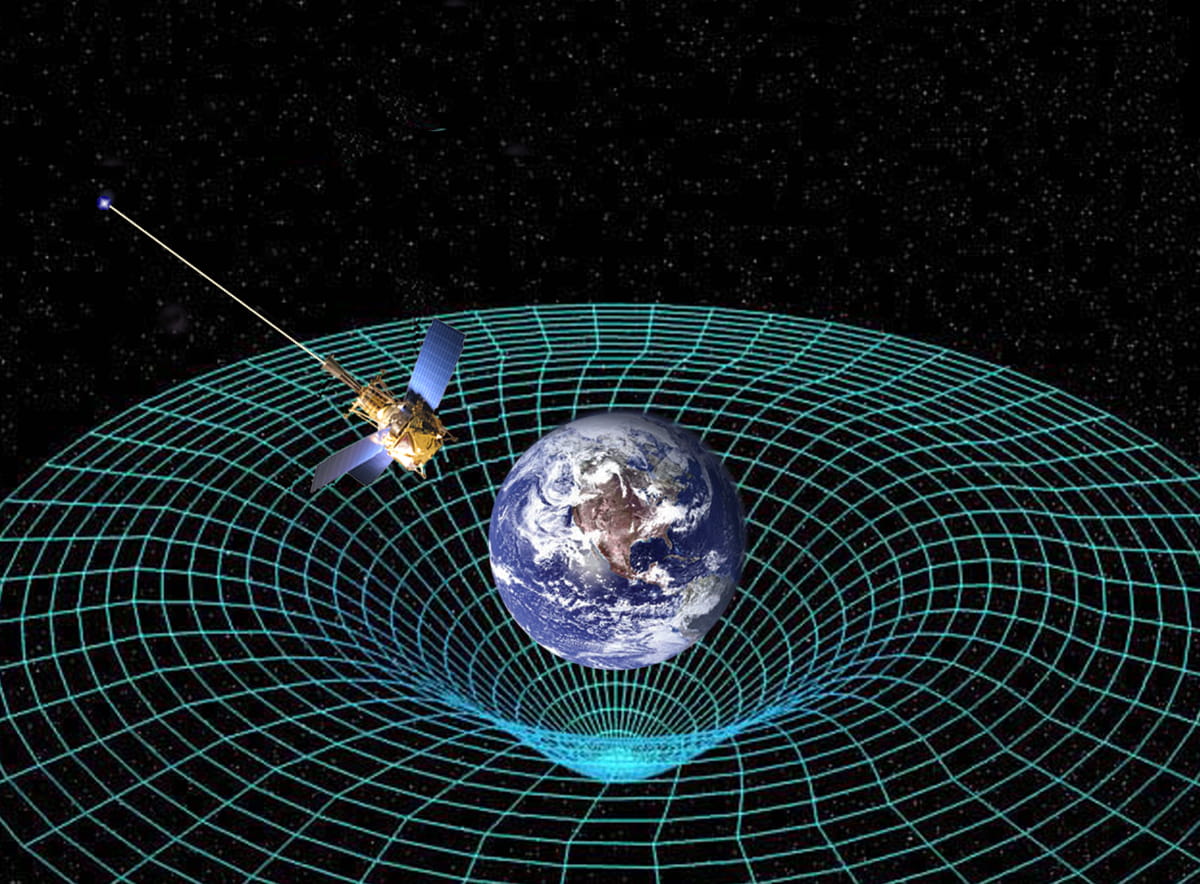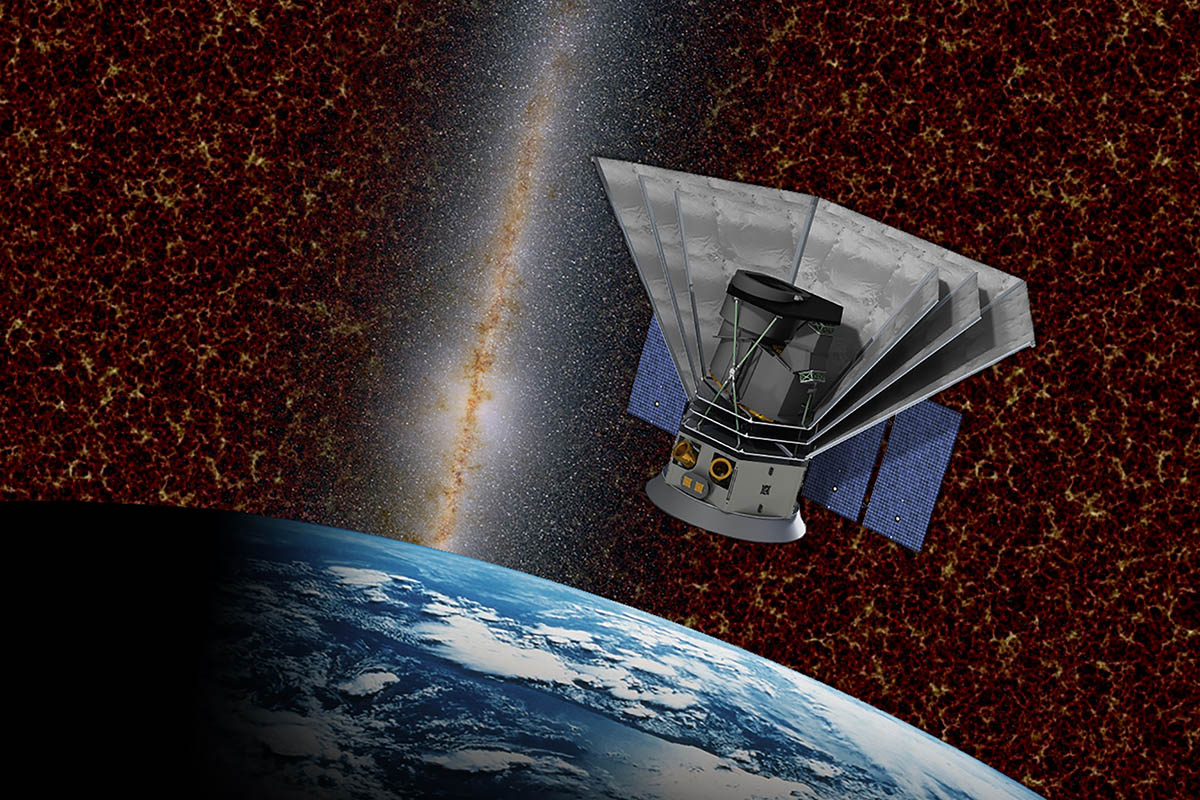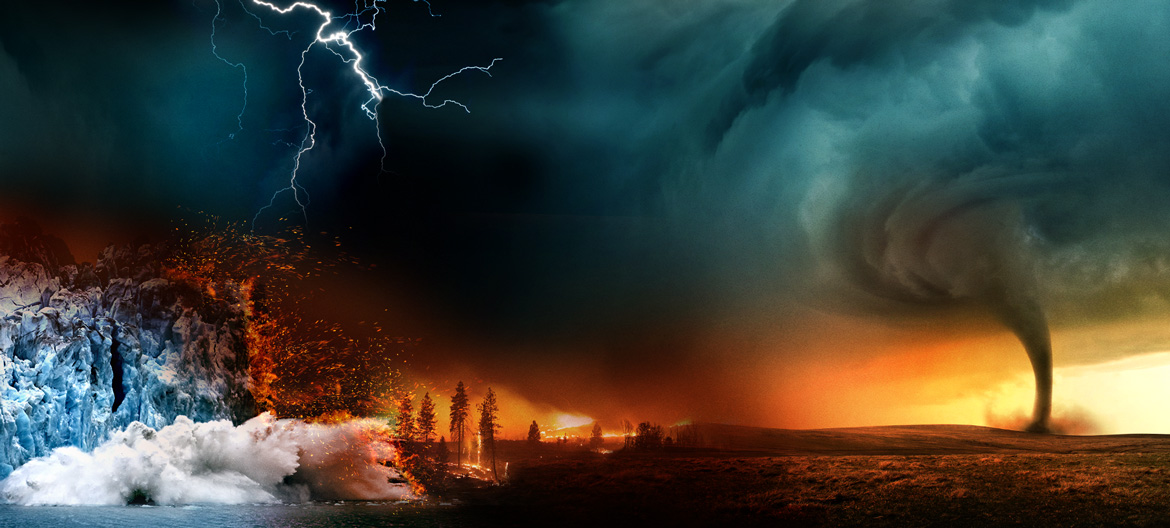Everyone appreciates a well-designed bridge, a sturdy skyscraper, or a flightworthy aircraft. But how many of us who aren’t engineers think, “I could build that”? In fact, you can. You may not have a professional engineer’s credentials, but you can tinker all you want in your own workshop, using readily available materials to build working models that solve all the fundamental problems of the real thing.


